As wildfires rage in Canada, will NYC see another smokepocalypse?
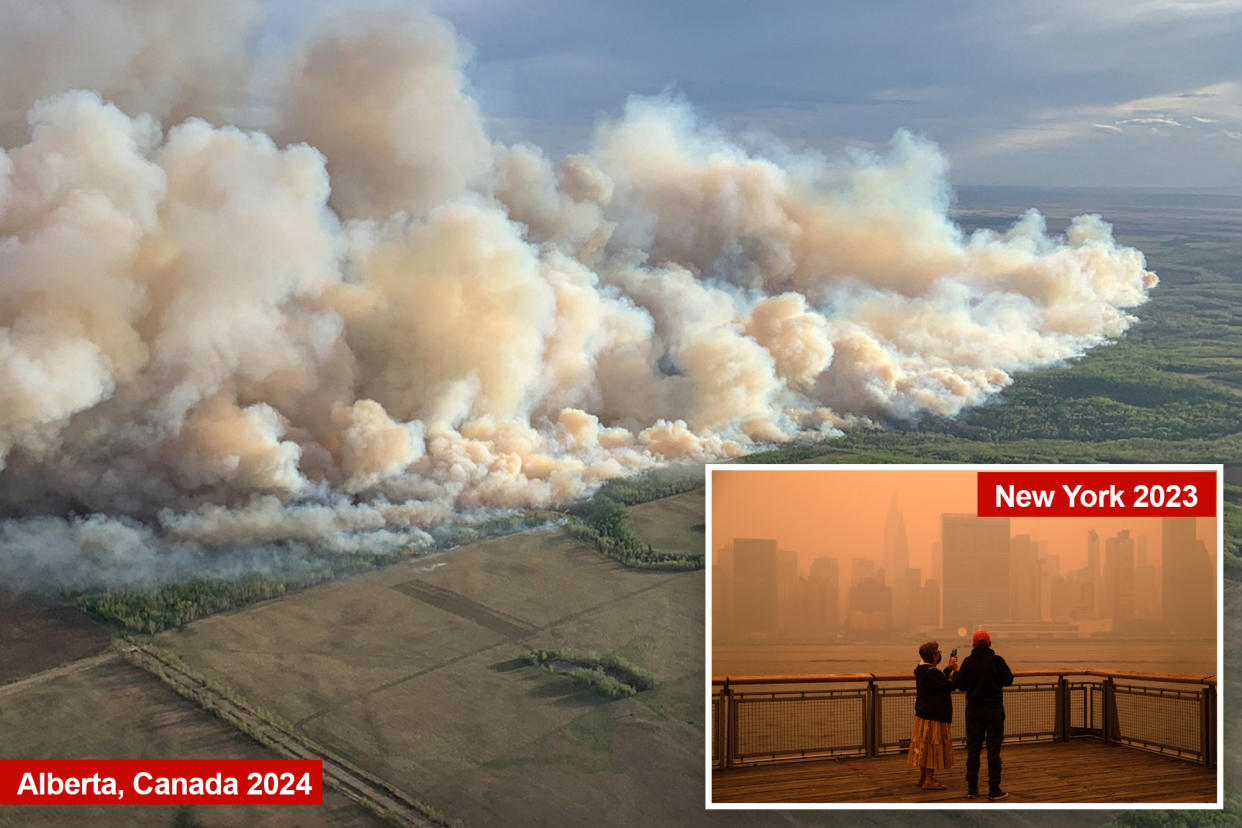
Canadian wildfires have cast a smokey haze over parts of the midwestern US this week — but experts say it’s unlikely that the Big Apple will experience a “smokepocalypse” similar to the one that enveloped the city last summer.
New Yorkers are not expected to feel the effects of the nearly 90 wildfires ablaze in British Columbia and Alberta, which have sent smoke this week toward Montana, the Dakotas, Minnesota and Wisconsin, FOX 5 NY’s Mike Woods said.
“It does not look like significant smoke is coming this way,” Woods said. “In fact, it looks like it’s barely making it into upstate New York.”
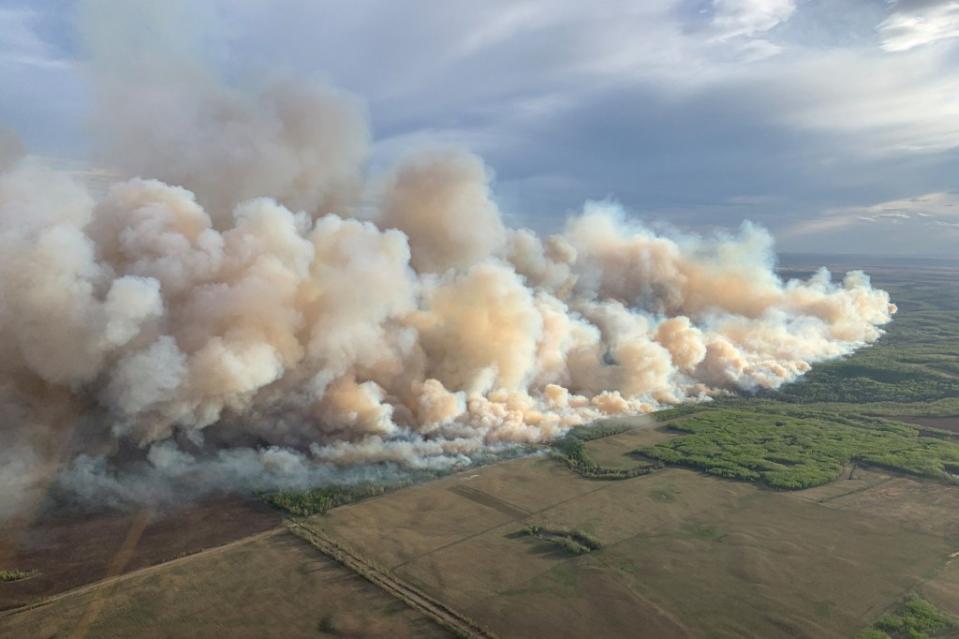
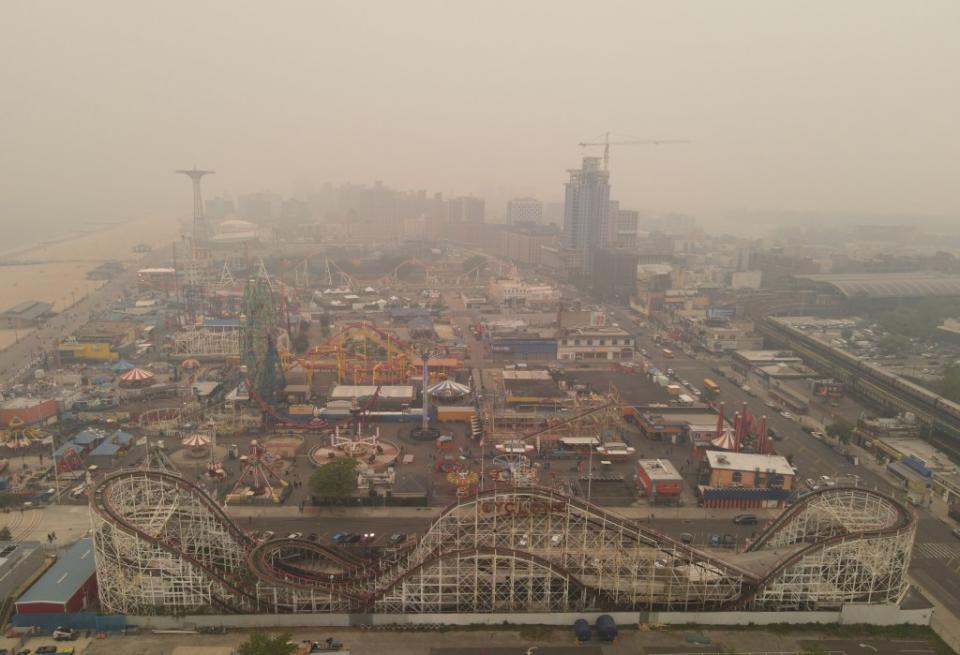
According to the Fox Forecast Center, any smoke lingering in the US will likely remain near the border region.
Columbia University and NASA researcher Dan Westervelt agreed that Gotham does not need to brace for a “smokepocalypse” in the near future.
In an interview with New York Magazine, Westervelt explained that the smoke clouding New York and other parts of the East Coast last summer had come from fires in the eastern provinces of Canada.
“It was a bit closer for the smoke to travel,” Westervelt said. “There were also some unique meteorological phenomena that caused the smoke to travel southward rather than eastward and out to the ocean.”
While those conditions were present last year, making New York have the worst air quality in the world, they do not appear to be present now — meaning the ominous orange haze is unlikely to be another appearance in the five boroughs any time soon.
“Right now, we’re not seeing those meteorological systems and the fires are pretty much confined to the western provinces, British Columbia, Alberta, and so on,” Westervelt said.
When asked if the system could move east, Westervelt noted, “In this particular case, it doesn’t seem very likely at all. I’d say pretty much not going to happen in terms of this particular fire event making its way to New York or D.C. or Boston.”
There are currently over 90 wildfires in British Columbia and Alberta, where conditions are unseasonably dry and more like the weather generally seen in late summer.
“As a result, fuels are more susceptible to ignition and wildfires can spread more quickly,” the British Columbia Wildfire Service said.
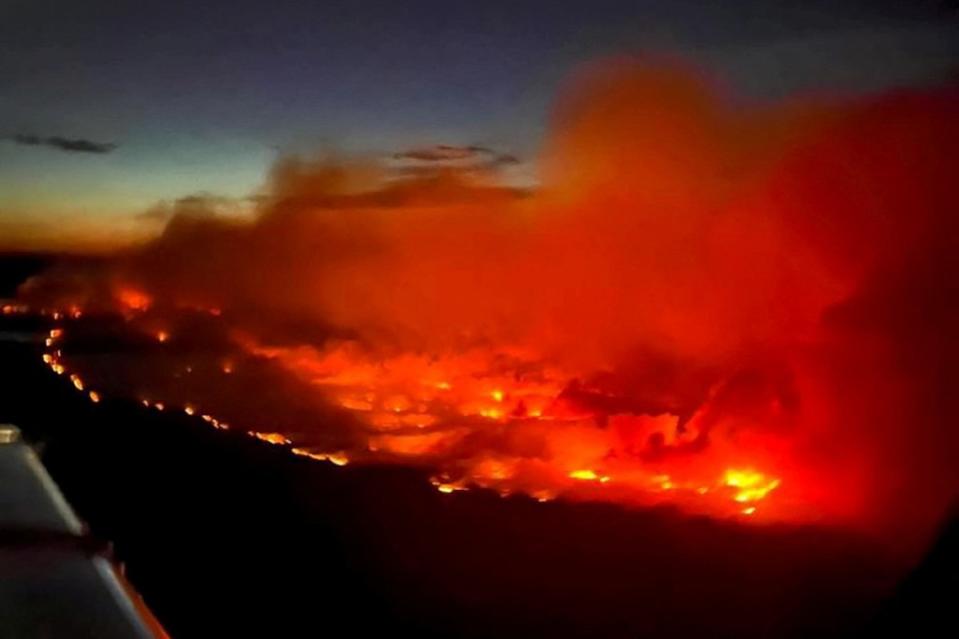
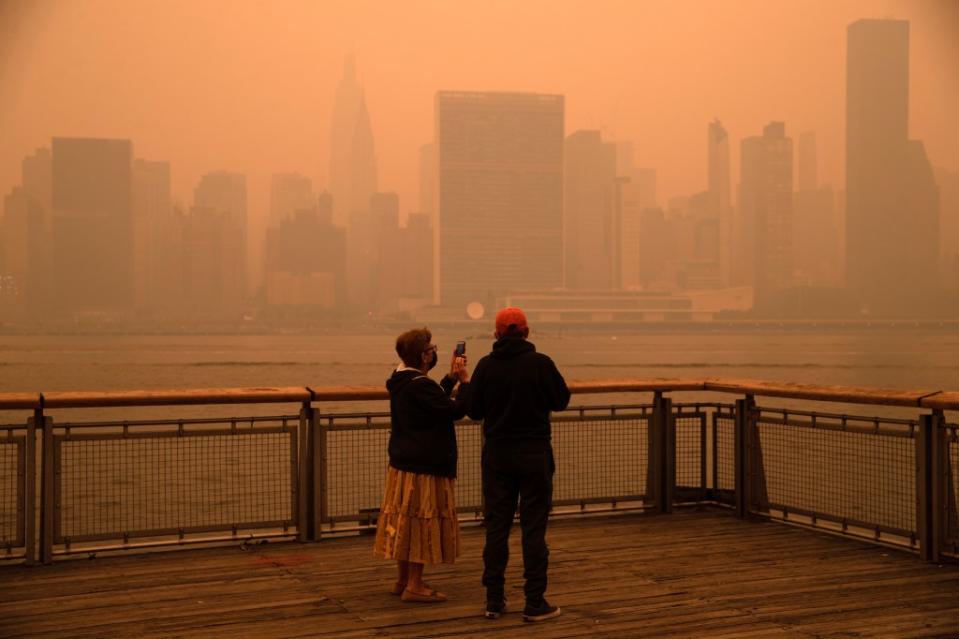
Canadian authorities are currently monitoring fires that have rekindled since the historic firestorm of 2023, which burned more than 45 million acres.
While Canada’s wildfire season usually runs from May through September, most of the fires are reported in June and July.

